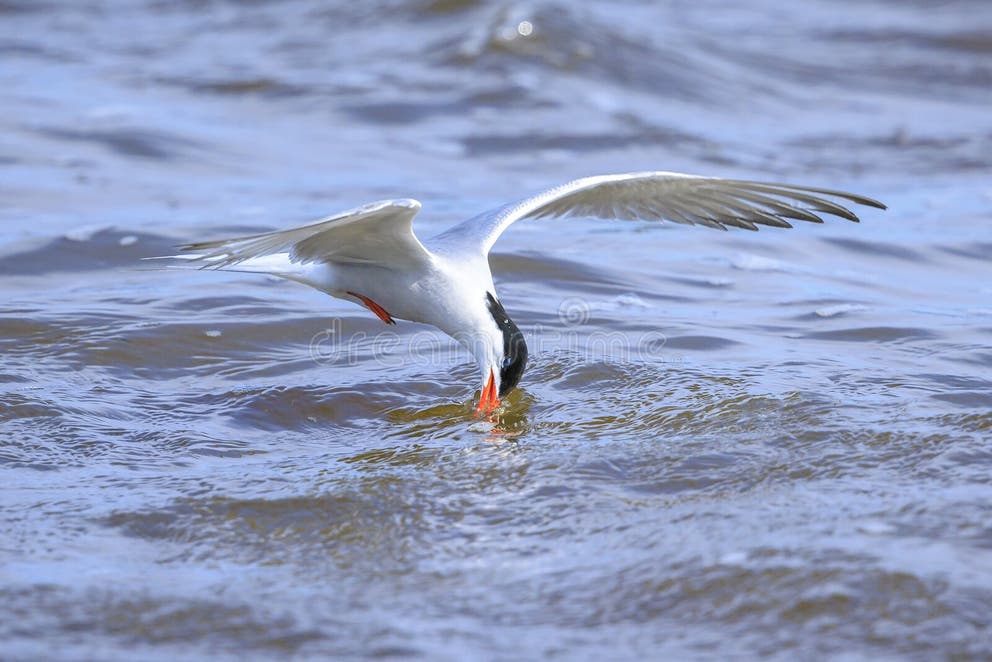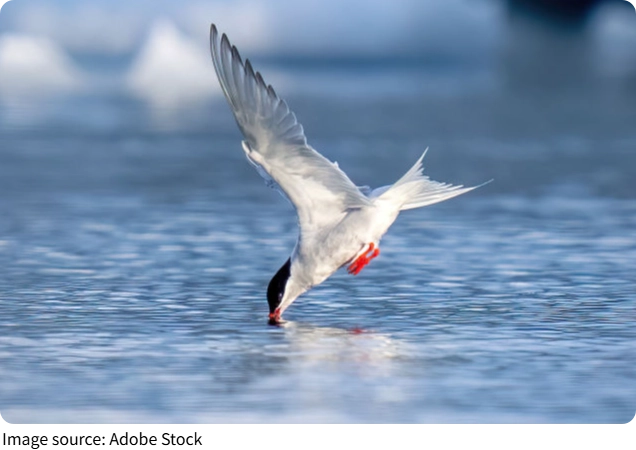🌊 Sterna hirundo: The Sky’s Most Graceful Voyager
Lykkers, have you ever seen a bird move so effortlessly that it seemed stitched into the very fabric of the wind? That’s exactly what we felt when we first caught sight of the common tern, known scientifically as Sterna hirundo.
Seo
But don’t be fooled by the name—there’s nothing ordinary about this bird. With its elegant flight, incredible instincts, and strong family values, it’s one of nature’s quiet masterpieces.

🔍 What Does the Common Tern Look Like?
Slim, sharp, and aerodynamic, the common tern looks like a feathered arrow carved from the sky. Its long, pointed wings and sharply forked tail give it the agility of a sky-dancer. During breeding season, it sports a black cap on its head, a bright red-orange beak (sometimes tipped in black), and matching red legs—contrasting beautifully with its soft gray-and-white feathers. It’s the kind of bird that looks like it’s always dressed for an elegant flight.
🌍 A True Global Traveler
The common tern has one of the most incredible migration patterns of any bird. During warmer months, it breeds near coastlines, lakes, and rivers across North America, Europe, and Asia. When winter arrives, it heads to Africa, South America, or Southeast Asia—sometimes traveling over 10,000 miles each year.
It’s a quiet, consistent journey that speaks of instinct, resilience, and dedication.
✨ Flight That Feels Like Art
To watch a tern in motion is to witness grace itself. Instead of flapping chaotically, it glides with gentle curves and smooth, calculated turns. Sometimes it rides the wind like it’s dancing, barely moving its wings as it floats over water. It’s not flying to impress—it’s flying to belong.
🎯 A Master of the Dive
When it comes to hunting, Sterna hirundo is precise and fast. It scans the surface for small fish, hovers mid-air like a kite held by invisible strings, then suddenly dives—straight and sharp—into the water. This is called a plunge dive, and it happens in a blink. One moment it’s up in the clouds, and the next it’s emerging from the waves, fish in beak. Pure, elegant efficiency.
🐣 More Than a Hunter—A Devoted Parent
Each nesting season, common terns return to their breeding colonies—often choosing flat, gravelly beaches or small islands. The nests themselves are minimal, but the parenting is anything but. Both the male and female share duties, taking turns keeping the eggs warm, guarding the nest, and feeding their young.
We’ve seen them shield their chicks from heat, feed them soft fish, and keep constant watch for danger. It’s not just instinct—it’s deep care.
📢 The Voice of Summer Skies
If you’ve ever walked by the ocean in summer and heard a sharp, high “kree!” or “kit-kit,” chances are a tern was nearby. Their calls help them communicate, warn off predators, or stay in sync with their mates. To human ears, it’s a simple sound. To a tern colony, it’s life-saving coordination.
⚠️ Why the Common Tern Needs Our Help
Despite their skill and adaptability, common terns face growing threats:
- Habitat loss from coastal development
- Pollution in feeding areas
- Rising sea levels washing away entire colonies
Thankfully, conservationists are stepping in—creating protected nesting sites, limiting human disturbance during breeding season, and spreading awareness on how we can all support these remarkable birds.
💫 What Makes Sterna hirundo So Special?
The common tern reminds us that power doesn’t need noise. It doesn’t dazzle with color or song—it simply lives with precision, purpose, and beauty. Watching one soar reminds us that elegance can be quiet—and survival can be poetic.
👀 Let’s Keep Looking Up, Lykkers
Next time you’re near the coast, take a moment. That small silhouette gliding above the waves might be a Sterna hirundo. It won’t ask for your attention, but it deserves it.
Let’s protect their skies. Let’s celebrate their story. And most importantly—let’s keep looking up. Because nature’s finest performers often take flight when we’re not watching.
💬 Have You Seen a Common Tern in Action?
Tell us in the comments! Seen one dive? Heard its call? Or maybe just caught a glimpse above the water? Let’s share our sightings and keep the magic of the graceful ocean hunter alive. 🌍✨

